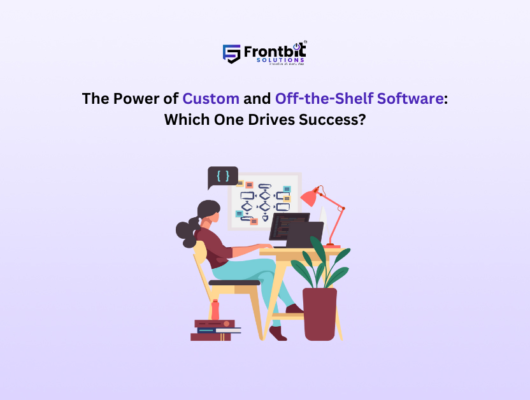1. Audacity (Free, Open-source)
- Pros: Free, powerful editing tools, multi-track recording, extensive format support.
- Cons: Steeper learning curve, interface might feel dated, no cloud storage.
- Best for: Budget-conscious businesses, those comfortable with editing, solo or small team podcasts.
2. Adobe Audition (Paid, Subscription)
- Pros: Industry-standard editing tools, multi-track recording, advanced noise reduction, audio restoration features.
- Cons: Paid subscription, complex interface for beginners.
- Best for: Professional podcasters, businesses aiming for high production quality, teams with audio editing experience.
3. GarageBand (Free, Mac only)
- Pros: Free, intuitive interface, built-in loops and sound effects, easy integration with other Apple products.
- Cons: Mac only, limited editing features compared to professional software.
- Best for: Mac users starting a podcast, solopreneurs, creating simple and engaging podcasts.
4. Spreaker Studio (Free and Paid Plans)
- Pros: Free plan available, cloud-based recording, easy collaboration tools, live streaming option.
- Cons: Limited editing features in the free plan, paid plans can get expensive for large teams.
- Best for: Remote interviews, collaborative podcast creation, businesses with a mix of on-site and remote team members.
5. Zencastr (Free and Paid Plans)
- Pros: Free plan available, high-quality separate tracks for each guest, video recording option, call recording functionality.
- Cons: Limited editing features, paid plans for advanced features and storage.
- Best for: Remote interviews, high-quality audio for edited podcasts, businesses with frequent guest appearances.
6. Descript (Paid, Subscription)
- Pros: Powerful editing tools with features like auto-transcription, screen recording integration, collaborative editing capabilities.
- Cons: Paid subscription, learning curve for some editing features.
- Best for: Businesses with complex editing needs, podcasts with interviews and screencasts, teams requiring collaborative editing.
7. Riverside (Paid Plans)
- Pros: Cloud-based recording, automatic noise reduction and editing tools, video recording option, call recording functionality.
- Cons: Paid plans only, limited customization options.
- Best for: Streamlined podcast production, businesses with limited editing expertise, video podcasting aspirations.
8. Reaper (Paid, One-time Purchase)
- Pros: Highly customizable interface, powerful editing features, affordable one-time purchase.
- Cons: Steeper learning curve, not as user-friendly as some options.
- Best for: Technically savvy users, businesses with specific editing needs, those who prefer a one-time purchase over subscriptions.
9. SquadCast (Paid Plans)
- Pros: Cloud-based recording with separate tracks, local recording option, video recording with screen share, live streaming capabilities.
- Cons: Paid plans only, can be expensive for large teams.
- Best for: Video podcasts, interviews with multiple remote guests, live streaming events alongside podcasts.
10. Alitu (Paid, Subscription)
- Pros: Cloud-based editing with automation tools, easy-to-use interface, integration with marketing platforms.
- Cons: Paid subscription, limited customization options compared to professional software.
- Best for: Businesses prioritizing automation and ease of use, marketing agencies managing multiple podcasts, solopreneurs with basic editing needs.
Additional Considerations for Business Owners & CTOs
- Scalability: Consider if the software can handle more guests, episodes, and storage needs as your podcast grows.
- Integration: Look for software that integrates with your existing editing tools, marketing platforms, or project management systems.
- Security: If dealing with sensitive information, ensure the software has secure storage and access controls.
Ready to leverage the power of hybrid development for your business? Contact Frontbit Solutions today!
We can connect at info@frontbitsolutions.com or you can give us a call at +919624109307 also DM on WhatsApp https://wa.me/919624109307.







